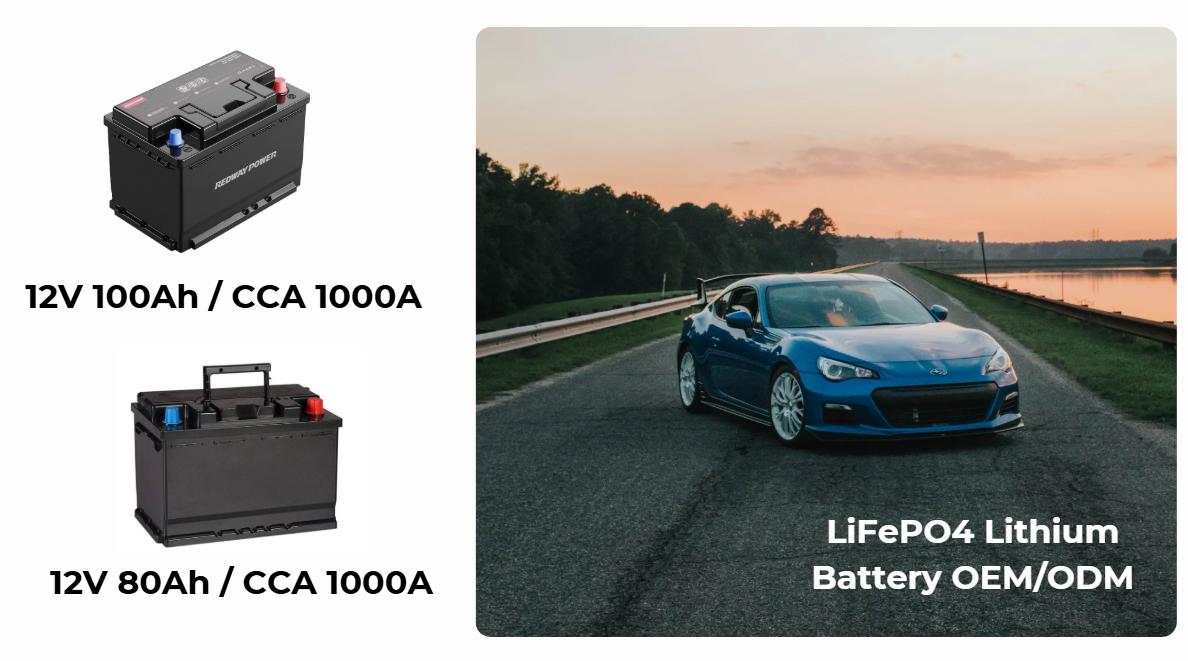Battery group sizes refer to standardized dimensions that categorize batteries based on their physical size, terminal configuration, and performance characteristics. Understanding these sizes is crucial for selecting batteries that fit specific applications, ensuring compatibility and optimal performance.Chart: Overview of Common Battery Group Sizes
| Group Size | Dimensions (inches) | Typical Applications |
|---|---|---|
| 24 | 10.25 x 6.8 x 8.9 | Automotive, RVs |
| 27 | 12 x 6.8 x 8.9 | Boats, large vehicles |
| 31 | 13 x 6.8 x 9 | Commercial trucks, marine |
| 35 | 9 x 6.8 x 8.9 | Compact cars |
How Is Cold Cranking Amps (CCA) Measured and Why Does It Matter?
Cold Cranking Amps (CCA) measures a battery’s ability to start an engine in cold temperatures. It is defined as the number of amps a fully charged 12-volt battery can deliver for 30 seconds at -18°C (0°F) while maintaining a minimum voltage of 7.2 volts. A higher CCA rating indicates better performance in cold weather.
Chart: Understanding Cold Cranking Amps
Wholesale lithium golf cart batteries with 10-year life? Check here.
| Temperature | Minimum Voltage | Time Duration | Required CCA |
|---|---|---|---|
| 0°F (-18°C) | 7.2 volts | 30 seconds | Varies by vehicle |
What Are Common Battery Sizes and Their Corresponding CCA Ratings?
Common battery sizes and their CCA ratings vary, but generally, a compact car may require around 400-600 CCA, while larger vehicles like SUVs and trucks may need 600-800 CCA. Diesel engines typically require even higher ratings, often exceeding 1,000 CCA, depending on engine size and climate conditions.
Common battery sizes come with varying CCA ratings depending on their intended use:
Want OEM lithium forklift batteries at wholesale prices? Check here.
- Group 24: Typically has a CCA rating between 600-800 amps, suitable for most cars.
- Group 27: Generally rated around 700-900 amps, often used in larger vehicles.
- Group 31: Can exceed 900 amps, ideal for heavy-duty applications.
Chart: Common Batteries and Their CCA Ratings
| Group Size | Typical CCA Rating | Applications |
|---|---|---|
| 24 | 600-800 | Cars, RVs |
| 27 | 700-900 | Boats, larger vehicles |
| 31 | >900 | Commercial trucks |
How to Choose the Right Battery Based on CCA for Your Vehicle?
To choose the right battery based on CCA, refer to your vehicle’s owner manual for specific recommendations. Consider your engine size; a good rule of thumb is one CCA per cubic inch of gasoline engine displacement. For colder climates, opt for batteries with higher CCA ratings to ensure reliable starting.
Can Low Temperatures Affect My Vehicle’s Starting Ability?
Yes, low temperatures can significantly affect your vehicle’s starting ability. Cold weather increases the viscosity of engine oil and reduces battery efficiency, making it harder for the battery to deliver sufficient power to start the engine. A battery with a high CCA rating is essential in cold climates.
How Do I Know If My Battery Needs Replacement Based on CCA?
You can determine if your battery needs replacement by checking its CCA rating against your vehicle’s requirements. If the battery’s CCA falls below the recommended level or if it struggles to start the engine in cold conditions, it’s time for a replacement.
Are There Specific Regulations Regarding Battery Specifications?
Yes, various regulations govern battery specifications depending on application type—especially in commercial or industrial settings—ensuring safety standards are met while optimizing performance.
Conclusion
In conclusion, understanding battery group sizes and their corresponding Cold Cranking Amps (CCA) is essential for selecting the right battery for your vehicle or equipment needs. By considering these factors, you can ensure reliable performance even under challenging conditions.
FAQ Section
- What does Cold Cranking Amps (CCA) mean?
CCA measures a battery’s ability to start an engine at low temperatures without dropping below a specified voltage. - How do I choose the right battery based on its size?
Consider factors such as your vehicle’s engine size, climate conditions, and required power when selecting a battery based on its group size and CCA rating. - Can cold weather affect my car battery?
Yes, cold weather can reduce a battery’s capacity and effectiveness; thus, choosing a battery with an adequate CCA rating is vital.
Expert Views
Understanding how Cold Cranking Amps impact your choice of battery group size can significantly enhance your vehicle’s reliability,” states an expert from Redway. “Selecting the right specifications ensures optimal performance under various conditions.”






